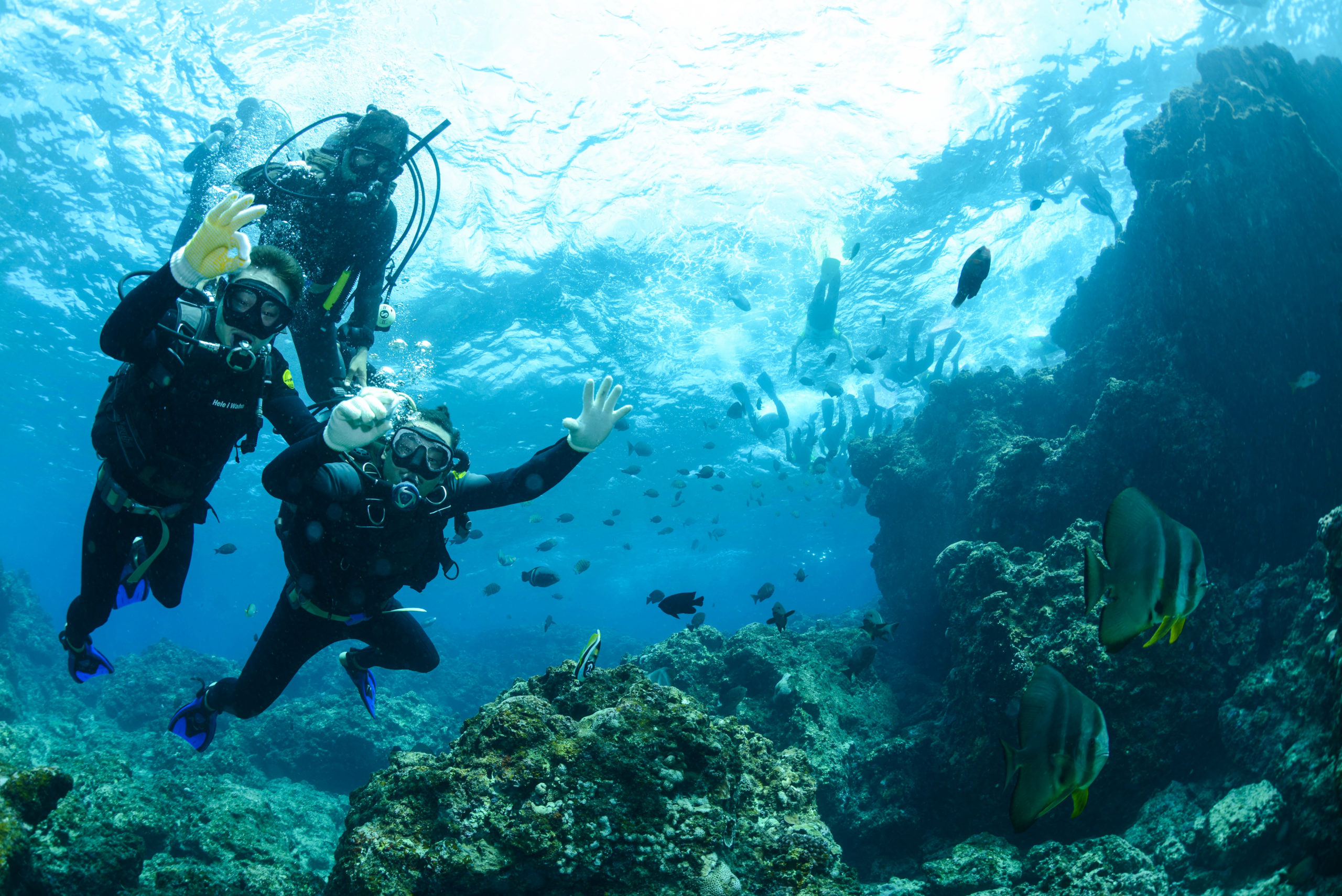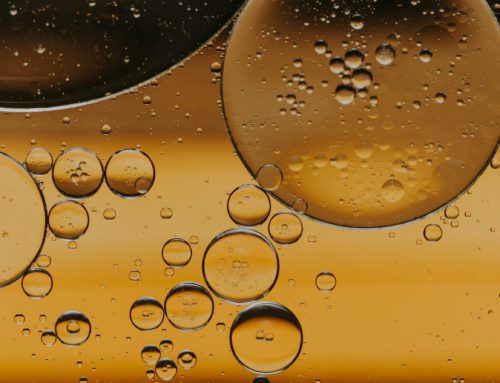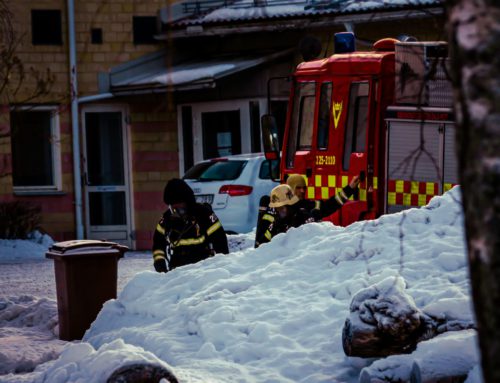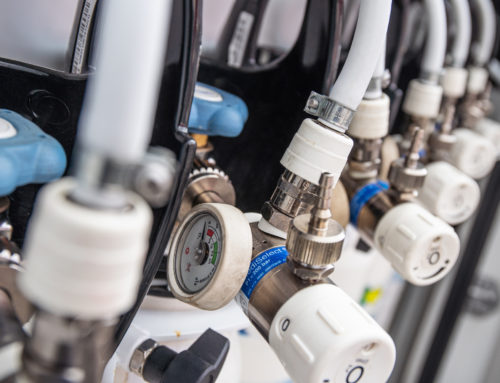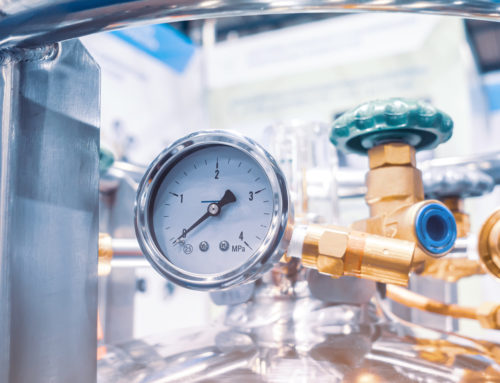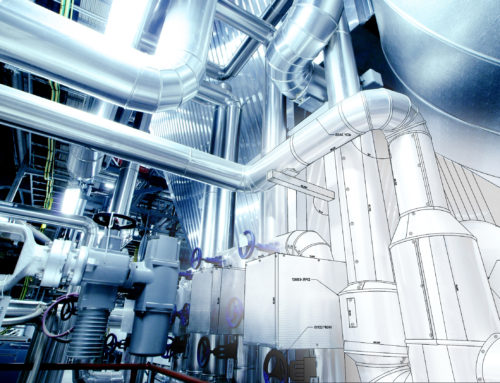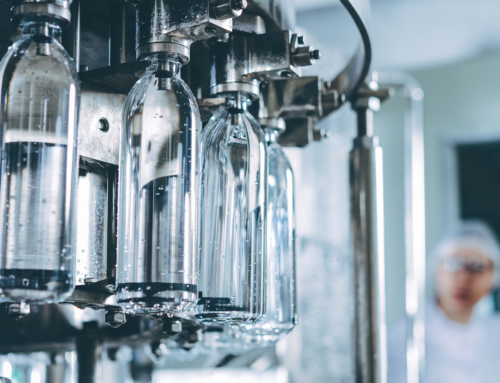Although some people may take the air they breathe for granted, SCUBA divers are acutely aware of its necessity. When underwater, divers need to trust that their air can keep them safe. Many divers and dive shop owners have recently been opting for mobile air analyzers or DIY “real-time” tests of their compressed breathing air in hopes of catching any contaminants before embarking on a dive. What many of these divers don’t know is that smell tests or real-time air analyzer tests are incomplete and can leave divers in danger. These DIY solutions can serve as a backup plan, but they do not replace regular compressed air testing through a third-party laboratory.
Contamination in Compressed Breathing Air
SCUBA divers are trained to bring plenty of air for the duration of their dive, but they must also be sure that this air is contaminant free. Breathing air that is contaminated can be hazardous, or even deadly. There are a variety of contaminants that can adversely affect compressed breathing air and put divers at risk.
These contaminants include:
- CO – carbon monoxide
- CO2 – carbon dioxide
- TVHC – total volatile hydrocarbons
- Oil Mist and Particulates
- Water Vapor
Breathing air contaminants can come from many different sources. Cleaning agents, compressor oils, system leaks, inadequate filtration, and environmental variables can all contribute to contaminated air. Maintenance and system changes can also impact a system’s air quality and introduce dangerous contaminants. Dive shop and filling station owners need to be acutely aware of the location and status of their air compressor.
Dangers of Contaminated Compressed Breathing Air
If you’ve spent much time on diver forums, you’ve probably seen advertisements for “real-time” mobile tests or air analyzers that can be brought to the site of a dive. What many don’t realize, is that several dangerous contaminants do not register on these tools. In fact, the only contaminants that do register on these tools are CO, CO2 or water vapor. Often, air analyzers will only report one type of contamination.
Mobile air analyzers do not account for TVHC, CH4, Oil Mist and Particulates in your air. TVHC is one of the most concerning contaminants that affect divers (Millar and Mouldey, 2008). Volatile hydrocarbons can cause fatigue, confusion, dizziness, and unconsciousness (Trout, 2014). Methane can cause asphyxiation due to hypoxia. Oil mist or particulates can cause headaches, nausea and impaired respiratory function (Trout 2014). Any of these could symptoms lead to tragedy under water.
Additionally, relying on the smell or taste test can also leave divers at risk. CO has no taste or smell and contributes to about 400 deaths per year (Center for Disease Control, 2017). Even slight CO poisoning can be disastrous for divers because it can contribute to dizziness, disorientation, or cause a diver to become unconscious. If a diver relies solely on a smell test, they face the possibility of missing or not noticing the most dangerous contamination.
If you do smell or taste something in your compressed air, you should not dive with that tank. This should be totally avoided by preemptive compressed air testing with an accredited laboratory. Make sure that the shop you receive your air from has tested within the last 3 months.
How To Safely and Accurately Test Compressed Breathing Air
Compressed breathing air should always be tested through a third-party, accredited laboratory. Proper compressed air testing requires a trained chemist, the appropriate sampling materials, and a gas chromatography-mass spectrometry instrument. Several international breathing air standards require a laboratory to be certified to ISO 17025 standards. Contact your fill station, dive shop, or compressed air source to ensure that they test their compressed air quarterly.
PADI, the world’s leading SCUBA diver training organization, recommends testing to CGA Grade E requirements with a third-party, accredited laboratory.

As reflected in the chart above, CGA Grade E outlines the limits that compressed breathing air should meet in order to ensure consumer safety. Canadian compressed breathing air providers must meet CSA Z180 requirements, which are more strict than US standards. One major difference is in regards to methane (CH4). Although CGA Grade E does not require testing for this gas, it can be potentially harmful to divers. Because of this, many US dive shops choose to test to CSA Z180 standards as an added protection for their divers.
Dive shop owners can easily and inexpensively test compressed air with an accredited laboratory in order to ensure safety for their customers. Using a PADI preferred partner, like Trace Analytics, offers assurance that the results are accurate and precise.
Never leave the quality of your air to chance. DIY, real-time air analyzers, or self-tests do not provide sufficient or reliable results. These analyzers and tests can serve as a decent, last-minute check before a dive, but they do not replace the comprehensive, verified results from a testing laboratory. Because divers’ lives depend on their breathing air, it is critical to know that the air they are breathing meets quality and safety standards.
References:
“About PADI.” PADI, PADI Travel, 2018, www.padi.com/about/who-we-are.
Millar, Ian L, and Peter G Mouldey. Compressed Breathing Air – The Potential for Evil from Within. Journal of the South Pacific Underwater Medicine, 2008, www.researchgate.net/publication/225301283_Compressed_breathing_air_-_The_potential_for_evil_from_within.
“Morbidity and Mortality Weekly Report (MMWR).” Centers for Disease Control and Prevention, Centers for Disease Control and Prevention, 1 Aug. 2017, www.cdc.gov/mmwr/volumes/66/wr/mm6608a9.htm.
Trout, Brittany. “Preventing Breathing-Gas Contamination.” Alert Diver | High on Mercury, Alert Diver, 2014, www.alertdiver.com/gascontamination.

